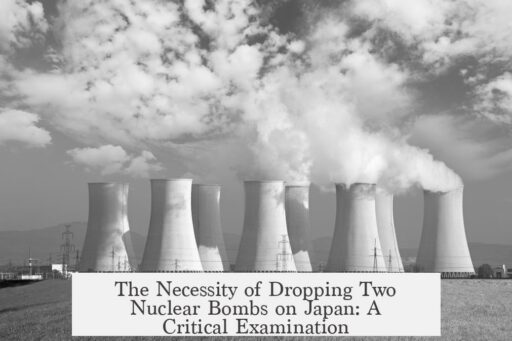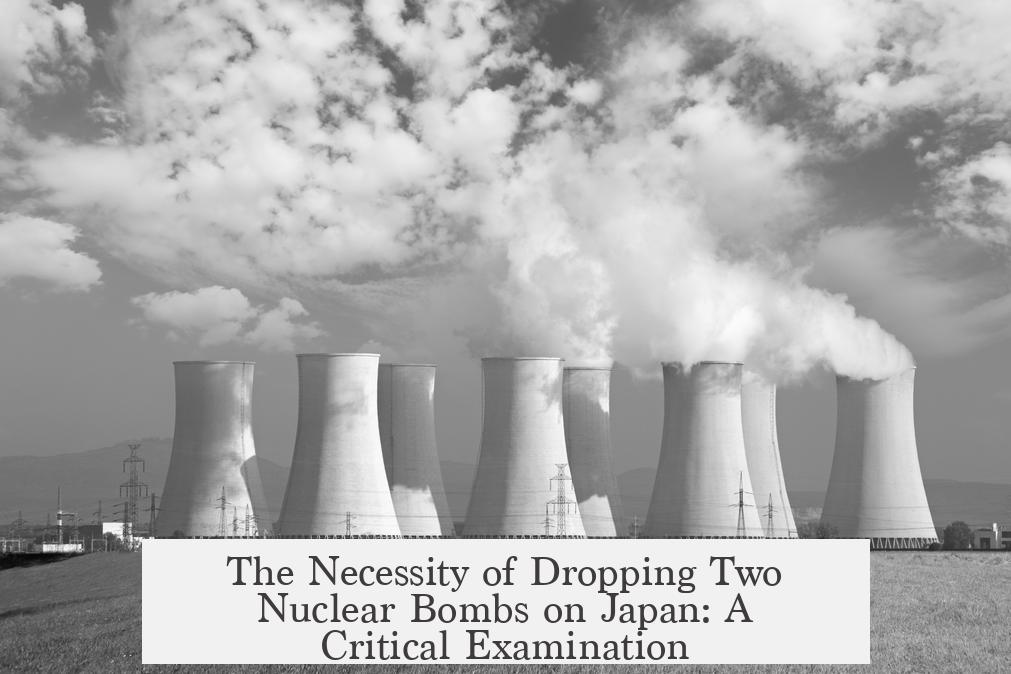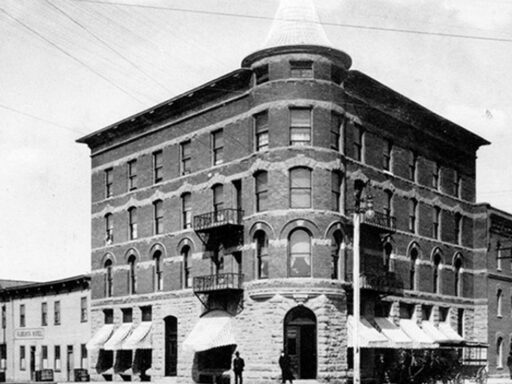The necessity of dropping two nuclear bombs on Japan in August 1945 remains a subject of intense debate among historians, military experts, and ethicists. The first bomb on Hiroshima failed to compel an immediate surrender, prompting the second bomb on Nagasaki. This, combined with the Soviet Union’s declaration of war against Japan, eventually led to Japan’s surrender. In effect, the second bomb, though controversial, played a decisive role within a complex interplay of military, political, and strategic factors.
Japan’s refusal to surrender after the Hiroshima bombing illustrates the limited immediate impact of just one bomb. Even after the U.S. warned of additional bombs, some hard-line factions within Japan’s government wanted to continue fighting. Japan sought conditional surrender talks through the Soviets, who remained neutral initially. However, the Soviet entry into the war against Japan on August 8, 1945, shifted power dynamics drastically. The Soviets declared war shortly before Nagasaki was bombed, further pressuring Japan’s leadership.
From a military standpoint, two bombs were used partly because two bombs were available. The Manhattan Project had produced these weapons at great cost, and leaving them unused was not considered an option. Setting aside the financial investment, the U.S. also faced the strategic imperative of a swift Japanese surrender to avoid a protracted and bloody invasion of the home islands.
Operation Downfall, the planned Allied invasion of Japan, was estimated to result in massive casualties. Military experts projected up to one million U.S. deaths and millions of Japanese military and civilian casualties. The Japanese military’s resistance, including kamikaze attacks and widespread societal indoctrination into martyrdom, suggested fierce combat ahead. Many viewed the bombings as cruel but potentially saving far more lives than an invasion would have cost.
Geopolitically, the bombings were not solely about forcing Japan’s hand. They signaled American military superiority, particularly to the Soviet Union, marking the beginning of Cold War tensions. Showing atomic capabilities was intended to discourage Soviet ambitions in Japan and East Asia. This political motive intertwined with the military objectives, influencing the decision to use the bomb twice.
Japanese media and leadership initially attempted to downplay or deny the bombings. Internal political instability, including a coup attempt, created an uncertain environment where surrender was not universally accepted within Japan’s government. The relinquishment of Japanese resistance came only after multiple pressures converged: two atomic bombings and Soviet military action.
Historians remain divided over whether the second bomb was strictly necessary. Some assert that Japan’s surrender primarily resulted from the Soviet declaration of war, not atomic bombings alone. Others argue both factors combined to break Japan’s resolve quickly, avoiding prolonged warfare. The psychological need among U.S. leadership to justify the bombings also complicates historical analysis, as does the traditional U.S.-centric narrative that minimizes the Soviet role.
The ethical debate is profound. The bombs killed an estimated 129,000 to 226,000 people, mostly civilians, causing immense suffering. Survivors remember the atomic attacks as devastating, inhuman events. However, many military planners argue that without such drastic measures, casualties on both sides would have been far greater. Japanese societal indoctrination at the time indicated many civilians would have suffered or died resisting invasion or continued warfare regardless.
- Japan did not surrender after the first bomb, prompting a second bombing and Soviet war declaration.
- The U.S. dropped two bombs partly because both were ready; political, military, and financial pressures influenced the decision.
- Estimated casualties from a full invasion of Japan would have been catastrophic for both sides.
- The bombings served a dual purpose: ending the war swiftly and signaling power to the Soviet Union.
- Japanese government divisions and internal instability delayed surrender despite dire circumstances.
- Debate continues over the military necessity and moral implications of dropping both bombs.
- The Soviet entry into the war played a critical and sometimes underappreciated role in Japan’s decision to surrender.
In sum, dropping two nuclear bombs on Japan was a complex decision influenced by immediate military goals, political calculations involving the Soviet Union, and a desire to end the war quickly. While the bombs caused massive human suffering, many argue they averted even greater loss through invasion. The event remains an enduring subject of historical reassessment and ethical reflection.
1. Why was a second atomic bomb dropped after Japan refused to surrender?
Japan did not surrender after the first bomb. The U.S. warned of more bombs ready to be dropped. Japan’s refusal, combined with the Soviet declaration of war, prompted the second bomb to speed surrender.
2. Could the war have ended without using two bombs?
Without the bombs, the war might have lasted another year. A planned invasion was expected to cause massive casualties on both sides. The bombs forced a quicker surrender, likely saving millions of lives.
3. Was the second bomb also a political message to the Soviets?
Yes. The second bomb showed the U.S.’s nuclear power and warned the Soviets of American dominance. It influenced post-war control and was part of early Cold War strategies.
4. How did Japan’s internal politics affect the need for two bombs?
Hard-core factions resisted surrender. There was political instability, including a near coup. These factors made it unlikely Japan would surrender after just one bomb.
5. Did dropping two bombs actually save lives despite the casualties?
Yes. While both bombs killed about 120,000 people, an invasion could have caused millions of deaths. The bombs likely prevented a far bloodier conflict on both sides.



